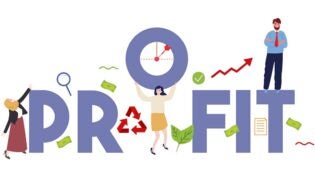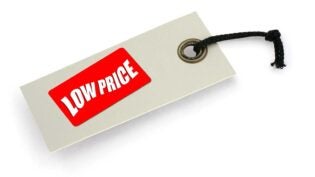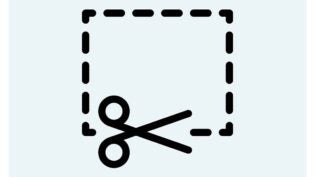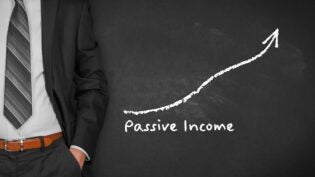
I was dealing with a firm that was having problems with its profitability. Profitability had fallen over time, and management just did not know what was causing the problem. Once I understood the situation, I asked the CEO if they computed the profitability per product, and he said they did not have an adequate way of doing that.
With some work, we were able to calculate the firm’s profitability per product, and the results surprised us all. I expected to see that four or five products were losing money, but more than half were.
Now that the firm was able to see not just that they had a problem but also what the problem was, they had two choices. They could either eliminate the unprofitable products, or they could raise prices on the products that were taking losses.
Because the firm did not think they could raise prices, they elected to eliminate a majority of the products with losses. They also had to lay off some workers, but in the end, their net profits went from 1.5% to over 10% just by looking at their profitability per product.
Though it does take more work, every business should be tracking the profitability per year of each of its products. Most software products, including QuickBooks, offer that capability.
There are two ways to look at profitability per product. One way is to use the gross profit approach. Here, you are just keeping track of the direct costs of either producing or buying the product you are selling. For example, a product that earns $15 in revenue might cost $10 to buy, including all freight. In this case, the gross profit is $5 per unit, and this gross profit is what is left to pay overhead and profit.
The second approach is what I call the “total cost approach.” In this calculation, overhead is charged or allocated to the individual product. Using the example above, assume the overhead is 60% of direct costs. The product earns $5 in gross profits per unit but costs $6 in overhead to produce, so you can see it loses $1 per unit. The product is contributing to the company’s overhead but is not covering its total costs.
Considering the profitability of a product is one of those things that can make a tremendous difference, so go out and make sure your accounting system can show you what your profitability is by product. If it cannot, consider changing to another accounting program that can, despite how painful a change like this might be.
You can do this!
2279 Views












